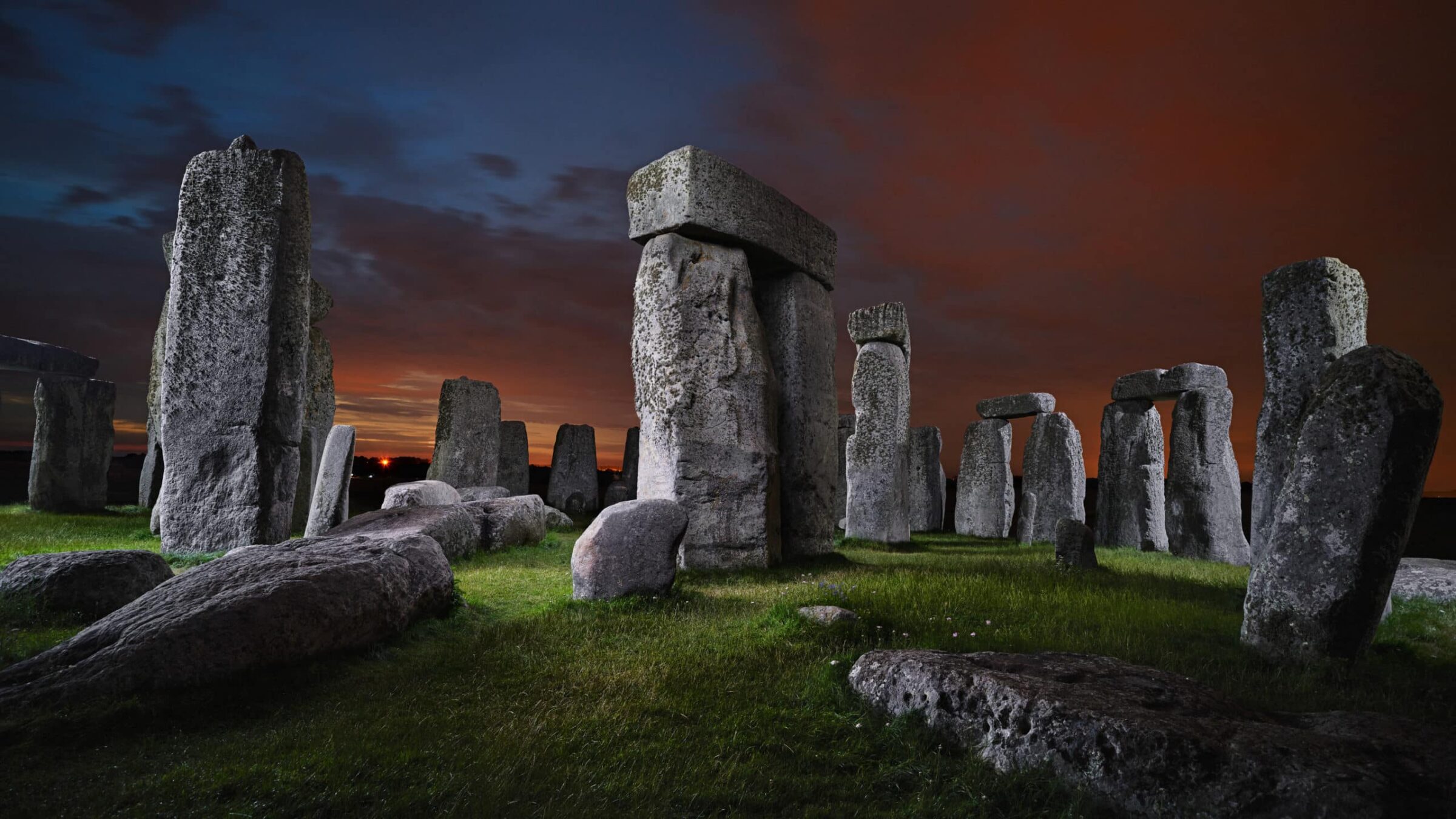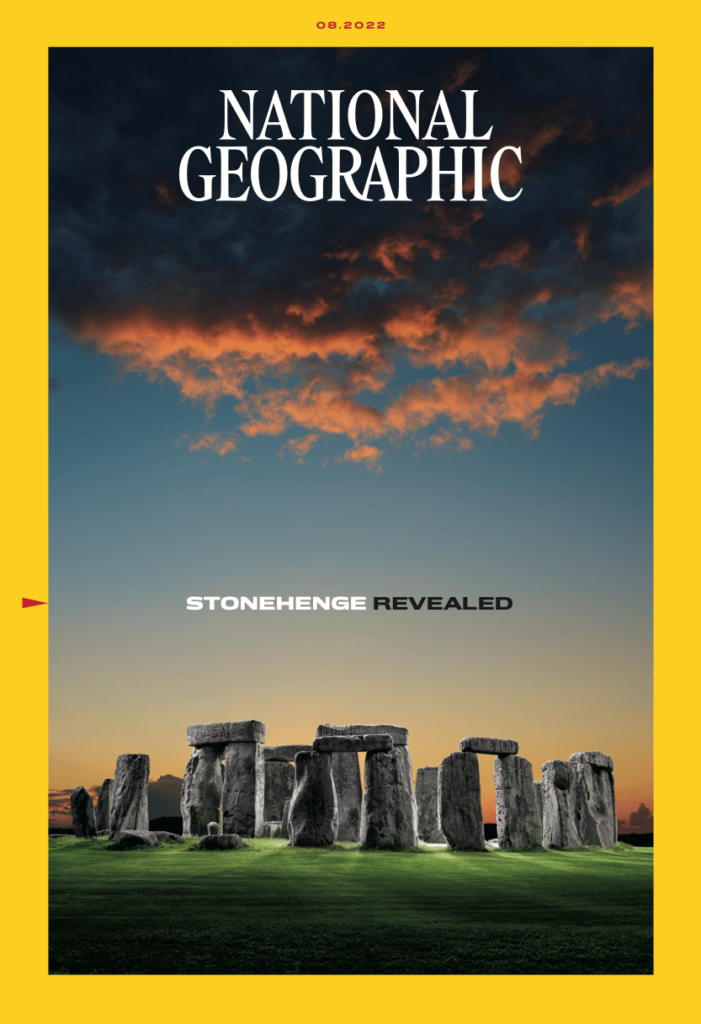
The August 2022 National Geographic Cover
Stonehenge, England, is one of the most photographed landmarks in the world. Many tourists embark every year through rainy British weather to visit the more than 4000 years old stone formation. Reuben Wu was commissioned in 2021 by National Geographic to photograph the monument. The mission: Experience the strong familiarity of this historic site in a different light.
Shedding light on Stonehenge
Using his own visual language, Reuben Wu applied his signature drone light technique, attaching a powerful light to the drone.
“I love this concept of ’terrestrial chiaroscuro’, bringing out texture and contrast by using very specific angles of light using the drone. It allows me much more control over a scene than simply waiting and hoping for natural daylight.“
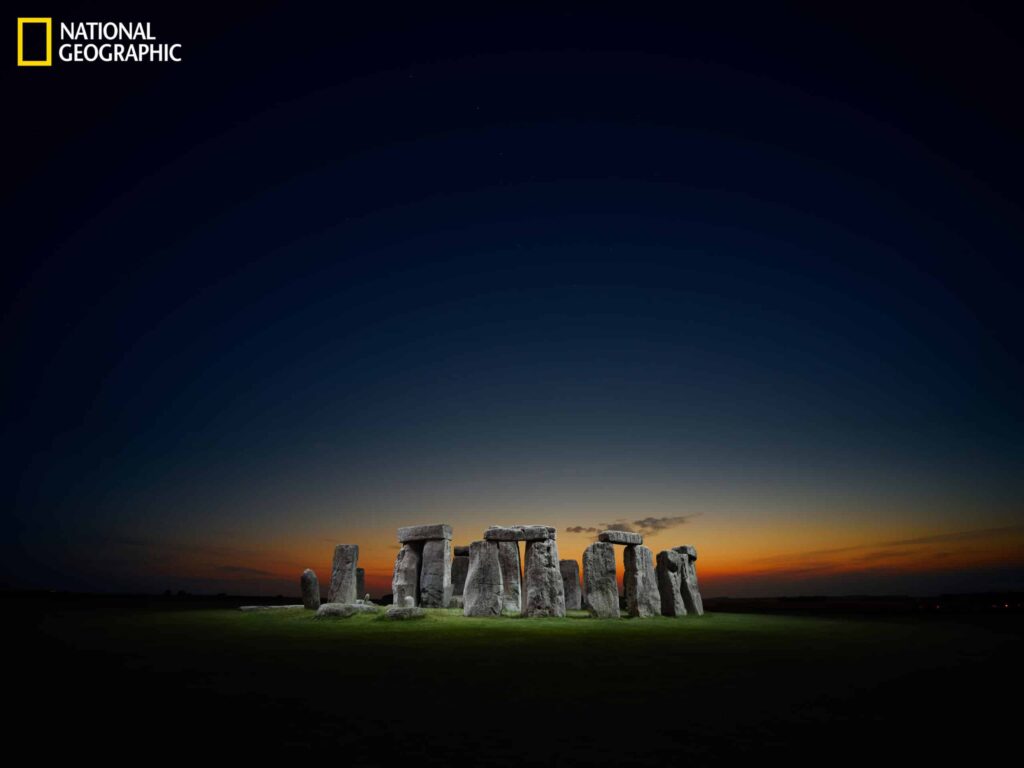
“Sunset brings peace but not quiet to Stonehenge, which is bordered by a busy highway. “One thing that was jarring, even at night, was the constant noise of nearby traffic,” says photographer Reuben Wu. “I found myself imagining how the place would have felt thousands of years ago.”
(Reuben Wu/National Geographic; image made with 13 layered exposures)
Photographing under special conditions
The national heritage site is located on Royal Air Force territory, therefore Reuben and his digital tech needed to get special permissions to fly the drone at night. Not being able to fly the drone directly of the stone formation, they used 40ft telescopic poles to illuminate the stones from outside the circle.
Video Credit: Reuben Wu, National Geographic
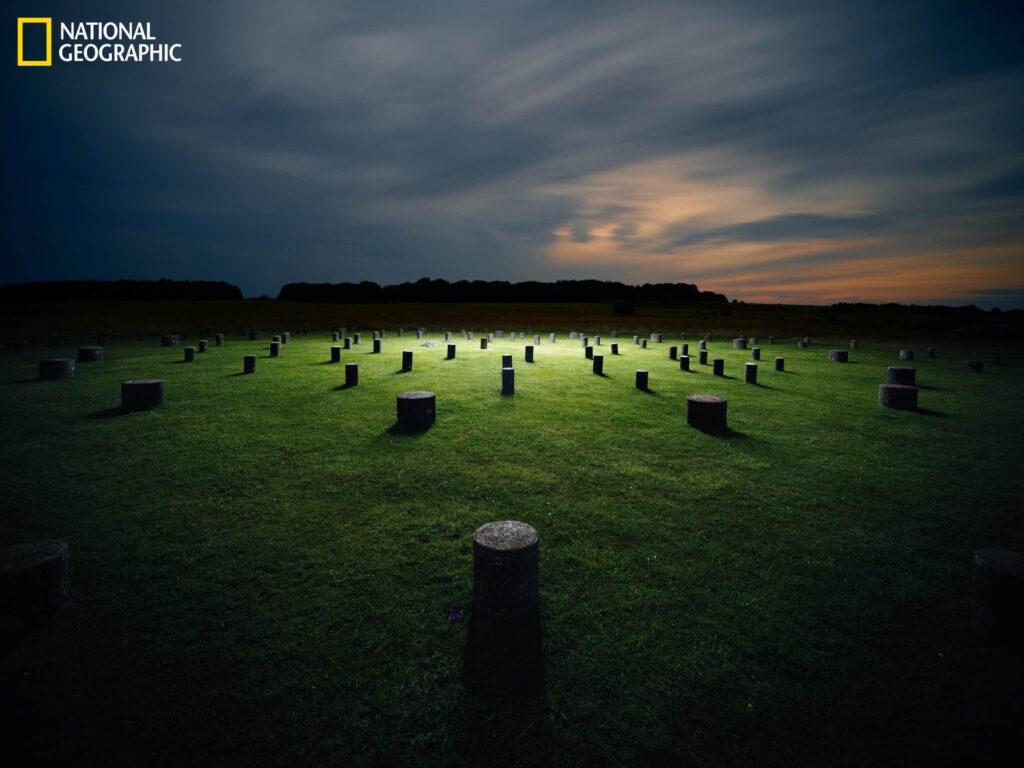
Discovered in 1925 from aerial photographs of a wheat field, Woodhenge included six concentric rings of towering timbers, their locations now marked by concrete pillars. Like nearby Stonehenge, the structure was built to align with the rising sun on the summer solstice. (Reuben Wu/National Geographic; image made with five layered exposures)
Chasing that perfect shot
With ever changing weather conditions, the team had to be patient waiting long hours to wait for that clear starry night. Reuben used Gaia GPS and Photopills to help him scout and plan the angle and composition. The final images are multiple exposures, consisting of up to 10-25 frames captured over the course of 1-3 hours. Each image had around 50 frames, showing the drone in a different position. To accentuate the monument against the sun, specifically for the National Geographic cover, he layered all these frames in the final images.
“I wanted the photos to evoke a sense of timelessness, and to show the fascinating textures and details of the stones in a way it has not been seen before, to bring new meaning to an old subject, and to literally show the monument in a new light.”
Video Credit: Reuben Wu, National Geographic
XT camera with the Cascable Mobile Integration
Reuben used the XT camera with the 23mm, 32mm and 70mm Rodenstock lenses, allowing him to capture a range of wide angle images with ample image resolution to later accommodate for different aspect rations and crops. With the mobile integration via the Cascable app, he was able to control the camera and work on the composition via the live view on the app. This allowed him to move away from the camera and get more flexibility in his workflow, using an iPad.
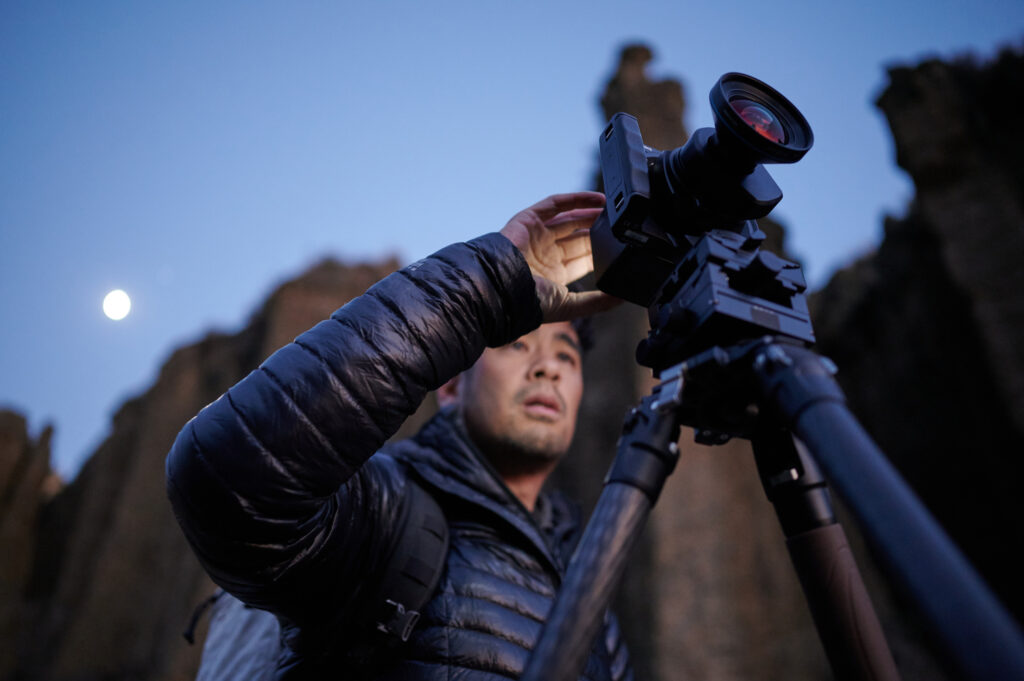
The XT camera for moments beyond imagination
“The XT and Rodenstock lenses were the perfect choice to capture these images. It is a camera specifically designed for carefully considered landscape compositions and for taking time to experience a place and capturing the utmost detail. Seeing the sharpness and clarity in the stones illuminated by the aerial light was so impressive it made me fully realize the gravity of what I was doing, and gave me the opportunity to show all these hidden textures in a single picture. For a series of work on such an important heritage site for such an iconic publication, there was no other kit to use.”
For more on this story, visit here.
Sign up here to get a personal demonstration with our Phase One experts of the XT camera
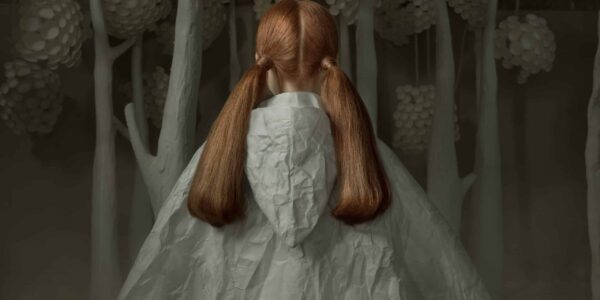
Ambassadors
White Forest by Gemmy Woud-Binnendijk
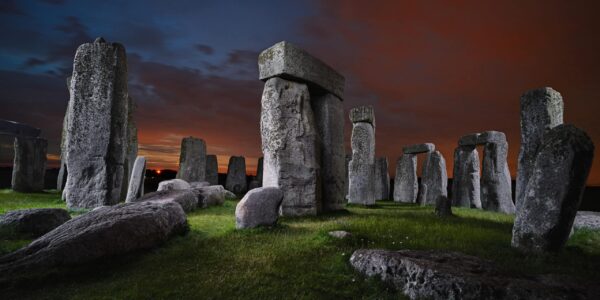
Ambassadors
Stonehenge Revealed
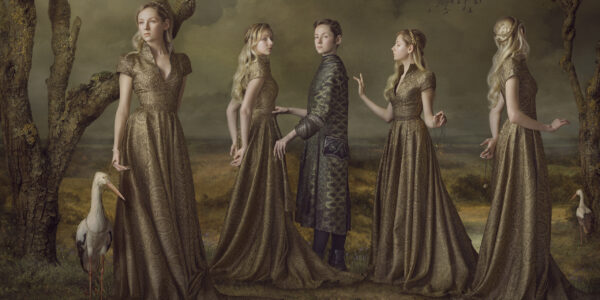
Ambassadors
I am ME with Gemmy Woud-Binnendijk

1-Minute Inspiration
Floral Dreamland with Paloma Rincón

Ambassadors
Wastelands – Simon Puschmann
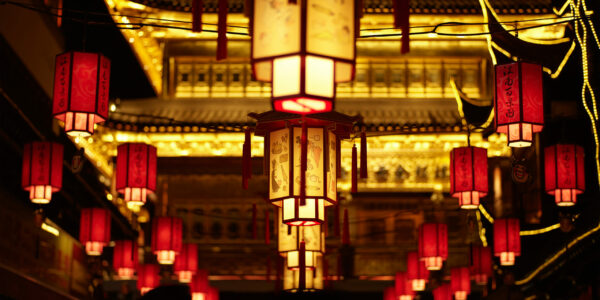
1-Minute Inspiration
Nighttime street photography

Ambassadors
Bolivian Salt Flats and Australian beauty: a set made in heaven

Ambassadors
Capturing natural beauty with the Trichromatic
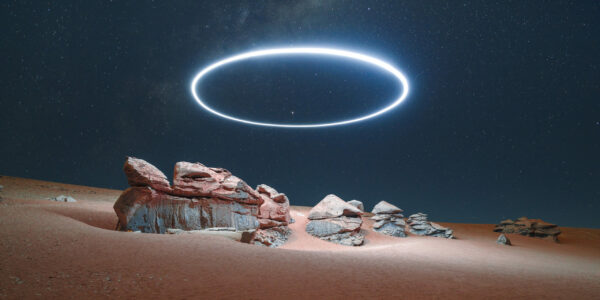
Ambassadors
Casting a new light on landscape photography

Ambassadors
Defining beauty in photography

Ambassadors
Finding inspiration and creativity in still life photography
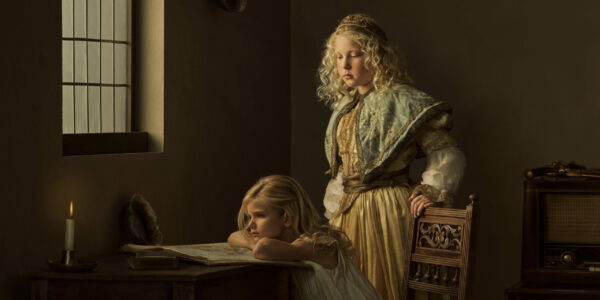
Ambassadors
Figments – A visual story of one room through time and residents
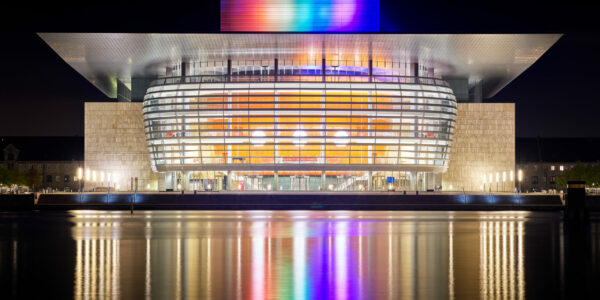
Ambassadors
Working with commercial clients to capture the emotion of a place

Ambassadors
Conceptualizing abstract ideas in product photography

Ambassadors
The Technical Elegance of Broken Heart
